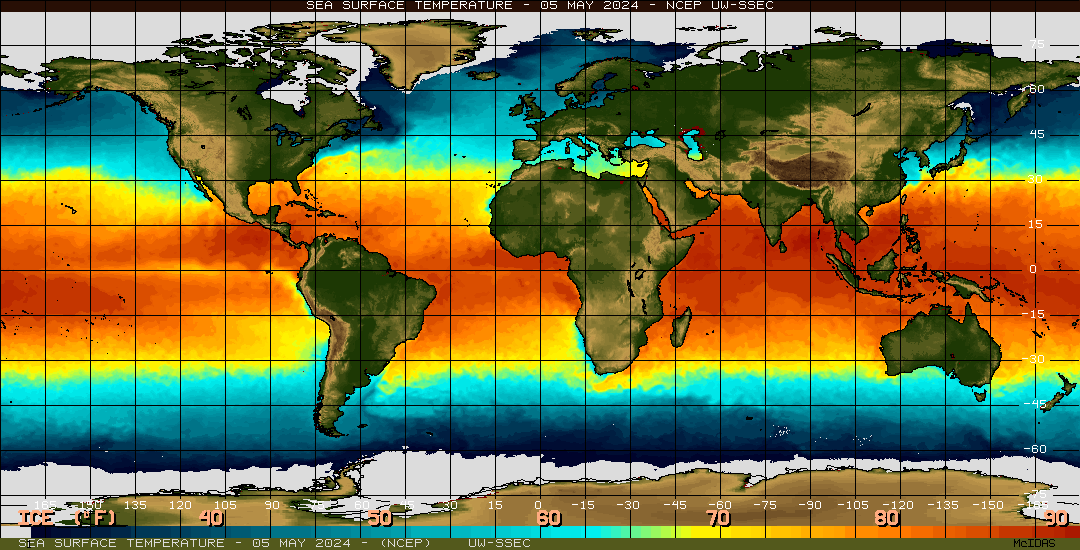"A few weeks ago when the drought was at its driest I woke up in the middle of the night and thought, "Is it all over?" I was thinking that perhaps I was living at the pivot point, when the California I grew up with began to become something entirely different...and more demanding of its residents. I was frightened by the thought, as only a 3 a.m. thought can frighten. But it also occurred to me that the thought also carried a degree of human arrogance and exhilaration--if it's all over, at least I was there when it happened. Funny collection of thoughts."
I simply have to stop scaring my friends with this blog; however, truth be known, I have had similar thought parades in the middle of the night this past year. I grew up in California, as my friend did, and one becomes accustomed to a mild, easygoing rhythm of seasons where nothing much happens. The summers are mostly cool and windy, with a lot of fog, but occasionally punctuated by a heat wave. This gives way to the dry, perfect weather of September and October, a kind of equipoise where the air is so light on the skin that it all feels like a dream. Toward the end of October or early November the rains begin. December and January send a lot of cold rainstorms barreling down on us from the Gulf of Alaska. These give way to the easier rains of February and March, and then a cold, windy spring is here, and then back to the moderate dry air of summer.
That was it. That was our climate. It worked sufficiently well that California produced 50% of America's fruit, vegetables and nuts, and is also the largest dairy state in the country.
I find now, and this is a difficult act of resignation because I am a creature who loves routines, that I don't count on anything like that old climate returning to California. It seems very unlikely that it will ever be like that again. I don't think this year of drought, interrupted by one "atmospheric river" storm of Biblical proportions (I had 17" of rain here where I live, as measured by a gauge, over a 4 day period), will give way to the old patterns based on a very different jet stream configuration, a different Arctic, and different concentrations of greenhouse gases. The endless deluges in the United Kingdom, where one ferocious storm packing 100 mph winds and fetching 50 foot waves is followed by another, is part of this same freak show, as are the polar vortex excursions, the repeated ice storms in the Deep South of the USA.
Thus, forecasts of a "hundred year drought" for California may be premature, given the new uncertainties in the weather. Indeed, such thinking may represent the Fallacy of Reversion to the Mean, when the Mean has left the building for good. Our dry years have corresponded to strong Las Ninas in recent years, when cooler surface ocean waters held down atmospheric temperatures. The Baby Girl has served as a marvelous heat sink, masking the relentless rise in global average temperatures on land and air by taking up a lot of the atmospheric heat. Tradewinds blowing east to west (from the Americas to Australia and the Phillipines) of unprecedented strength have pushed enormous volumes of surface water toward the other side of the world. This has permitted an upwelling of colder, deep ocean waters off the Americas, and the resulting temperature gradient has been favorable for heat uptake off our coasts. This now appears to be changing, as the good folks at NOAA are forecasting the return of the Baby Boy (El Nino) sometime during 2014. And what will that mean? The useful New Zealand site seemorerocks provides a suggestion:
The unprecedented heat bleed from the Pacific doesn’t occur without a number of severe weather consequences. Especially under the gun for this, most recent, potential event of human caused climate change is California and the Desert Southwest. Having labored under drought since the early 2000s, the region sees a radical shift to unprecedented stormy conditions. During winter, a massive flow of heat driven moisture rides up from the Pacific and arcs over California carrying with it a stream of storms. The stormy period drags out for weeks, beginning to resemble the megastorm of centuries past. Cities and industries laboring under the strain of too little water see a sudden and radical, though brief, shift in the opposite direction. California, under the gun for tens of billions of dollars in damages from water shortages and drought instead falls under the gun for possibly hundreds of billions of dollars in storm damages.
So next winter our new problem may be trying to keep the land we're standing on from simply floating away. It seems that the old weather patterns are giving way to exaggerated caricatures of themselves; when it's dry, it's Saharan dry. When it's wet, it will be our very own monsoon. All of it amped up on greater water vapor content in the atmosphere, higher air temperatures, a melted Arctic, and a jet stream doing the funky chicken.
So cheer up, old buddy. Maybe the old climate was a little dull. Many East Coast transplants often complained about that very thing, while, we noted, they never thought of leaving. Seven years of fat, seven years of lean, seven years of drought, seven years of flood, but I don't think it's ever going to be quite the same Old California again.



No comments:
Post a Comment